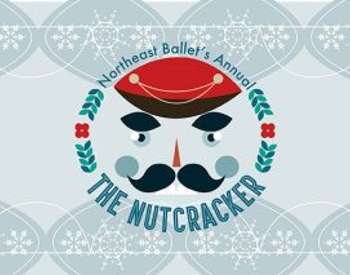Find Fun Albany Events, The Best Restaurants, Hotels & Things to Do!
Featured Articles
Explore Albany, Schenectady and Troy NY
Looking for business and tourism information? Hotels? Restaurants and pubs? Local services? Look no further than Albany.com, offering both residents and visitors an authoritative guide to the vibrant and historic Capital Region area. Discover a variety of great events for every age and taste. Visit the area's many hotspots and entertainment venues. Whether you're planning a night out with friends, a weekend with family, or visiting the region from out of town, there's always something to do and see.































